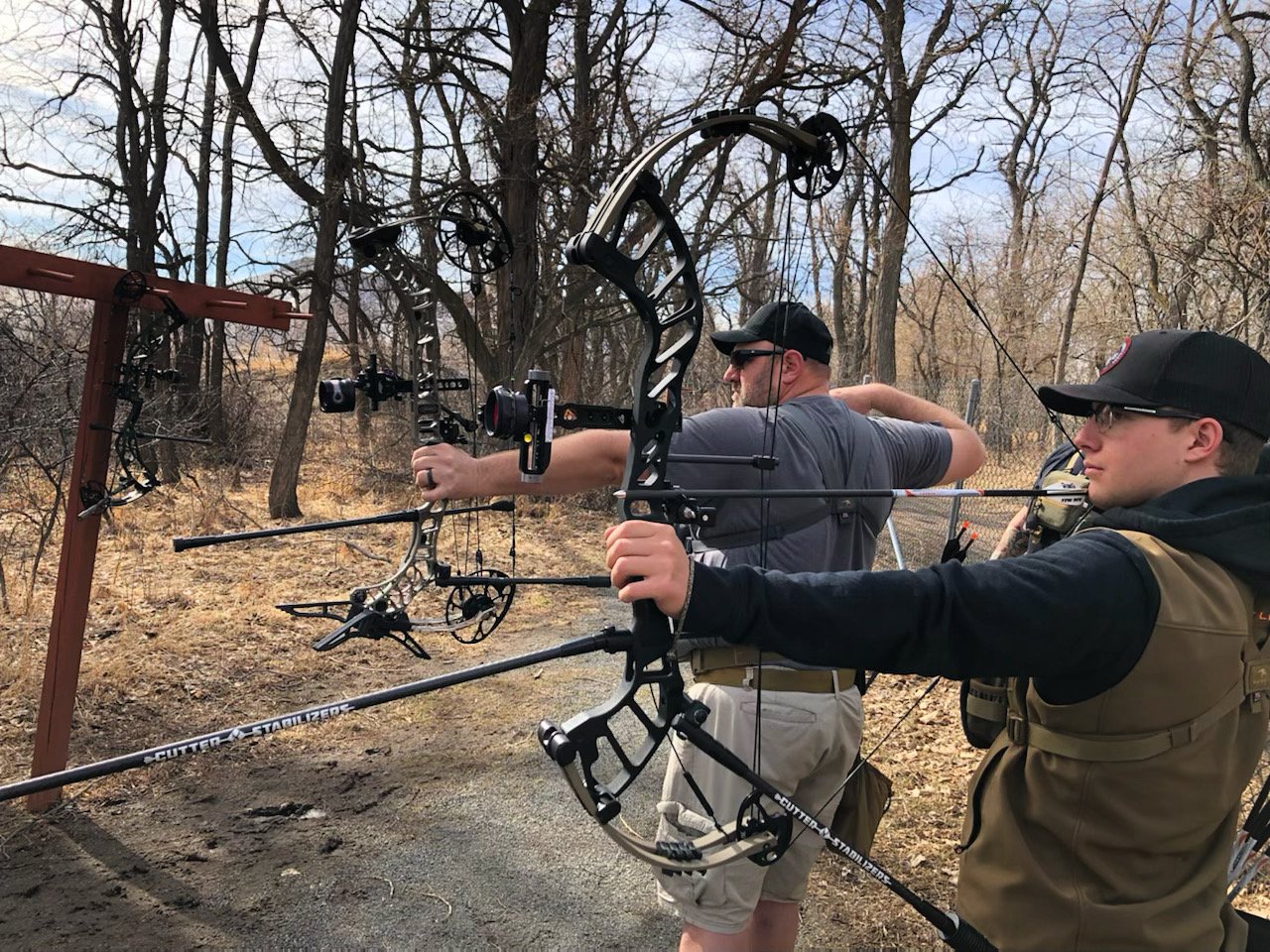Bow Stabilizer Reviews: Discover the Perfect Stability Option for Your Bow
Bow Stabilizer Reviews: Discover the Perfect Stability Option for Your Bow
Blog Article
Maximize Your Archery Accuracy With These Bow Stabilizer Methods
One important aspect that can dramatically impact your efficiency is the correct application of bow stabilizers. Whether you are a seasoned archer looking to refine your skills or a beginner eager to improve your accuracy, understanding these bow stabilizer techniques could be the key to striking your mark with exceptional consistency.
Benefits of Utilizing Bow Stabilizers
Utilizing bow stabilizers can dramatically enhance an archer's accuracy and general performance by reducing bow torque and resonance. Furthermore, bow stabilizers wet resonance, which not only improves the comfort of shooting but likewise protects against the bow from leaping upon release, therefore helping in preserving proper objective.
In addition, bow stabilizers can assist in holding the bow consistent, specifically throughout windy conditions or when shooting from longer ranges. The added weight at the front of the bow gives stability and equilibrium, permitting the archer to concentrate on intending without the diversion of bow activity. In general, the benefits of utilizing bow stabilizers expand beyond just accuracy, boosting the archer's experience and efficiency in different shooting situations.
Selecting the Right Bow Stabilizer
Choosing the proper bow stabilizer is critical for maximizing your archery equipment and improving shooting performance. Heavier stabilizers can help decrease bow torque and absorb more vibration, leading to a steadier objective.

Last but not least, think about the layout of the stabilizer. Some stabilizers include flexible weights or dampeners that allow you to tailor the balance and feeling of your bow. Ultimately, picking the ideal bow stabilizer includes finding an equilibrium between weight, design, size, and product to boost your shooting accuracy and general efficiency.
Proper Installment Techniques
To ensure optimal performance and safety in archery, mastering proper installation techniques for your bow stabilizer is crucial. The first action in mounting a bow stabilizer is to recognize the proper positioning on your bow.
Next, securely attach the stabilizer to the bow utilizing the suitable installing equipment. Some stabilizers come with flexible weights that can be added or gotten rid of to make improvements the equilibrium of your bow.

Readjusting Stabilizer Weight and Size
After guaranteeing the proper installation of your bow stabilizer, the next action entails readjusting the weight and size to maximize its efficiency in boosting archery precision. The weight of the stabilizer plays an essential role in lessening bow activity throughout the shot cycle. Adding weight to the stabilizer can help moisten resonances and boost stability, leading to more precise and constant shots. On the various other hand, lowering the weight can raise maneuverability, which is useful for scenarios calling for fast target acquisition.
A longer stabilizer can provide higher stability by enhancing the distance in between the bow and the weight at the end of the stabilizer. On the other hand, a shorter stabilizer uses much more maneuverability and may be preferred by archers that value dexterity and quick activities throughout shooting.
Advanced Stabilizer Tuning Tips
Attaining ideal bow stability and accuracy in archery demands a nuanced strategy to sophisticated stabilizer tuning. Advanced stabilizer adjusting involves fine-tuning numerous components to improve the bow's equilibrium, decrease resonance, and enhance total accuracy. One key method is to try out various stabilizer configurations, consisting of side-bar and back-bar configurations, to locate the suitable balance in between security and maneuverability for your capturing style. bow stabilizer. In addition, adjusting the angle and positioning of the stabilizer can have a substantial impact on just how the bow additional reading reacts upon launch.
One more important facet of advanced stabilizer adjusting is maximizing the damping buildings of the stabilizer system. This can be achieved by including extra wetting devices such as rubber dampeners or harmonic stabilizers to even more minimize resonance and sound. Discovering various products for the stabilizer building and construction, such as carbon fiber or light weight aluminum, can also influence the bow's performance by altering its weight her explanation distribution and stiffness. By meticulously tweak these sophisticated stabilizer aspects, archers can maximize their accuracy and consistency on the range or in competition.
Final Thought
In conclusion, making the most of archery precision can be accomplished through the correct choice, installation, and modification of bow stabilizers. Overall, including bow stabilizers into archery technique can lead to enhanced efficiency and enhanced precision.
Utilizing bow stabilizers can significantly improve an archer's accuracy and general efficiency by lessening bow torque and vibration. Longer stabilizers provide better stability and balance, specifically for long-distance capturing, while shorter stabilizers supply even more convenience and are simpler to steer in tight spaces (bow stabilizer). Carbon fiber stabilizers are light-weight and sturdy, while light weight aluminum stabilizers are durable and provide outstanding vibration dampening
A longer stabilizer can provide better stability by increasing the distance in between the bow and the weight at the end of the stabilizer.One more crucial facet of innovative stabilizer tuning is enhancing the damping buildings of the stabilizer system.
Report this page